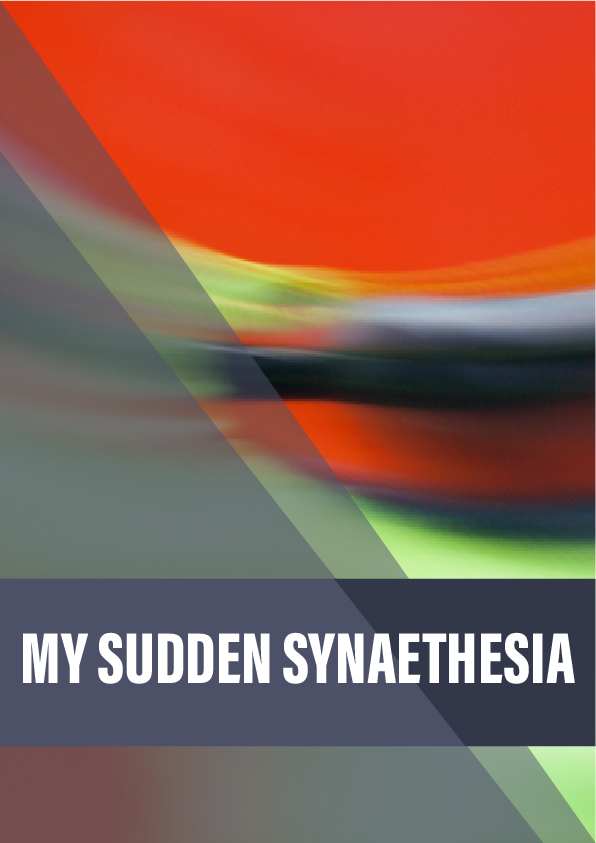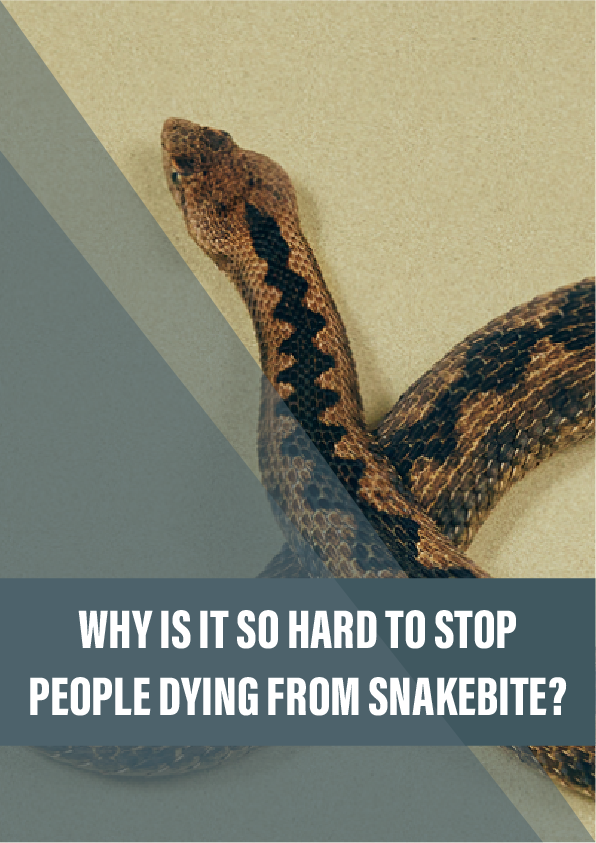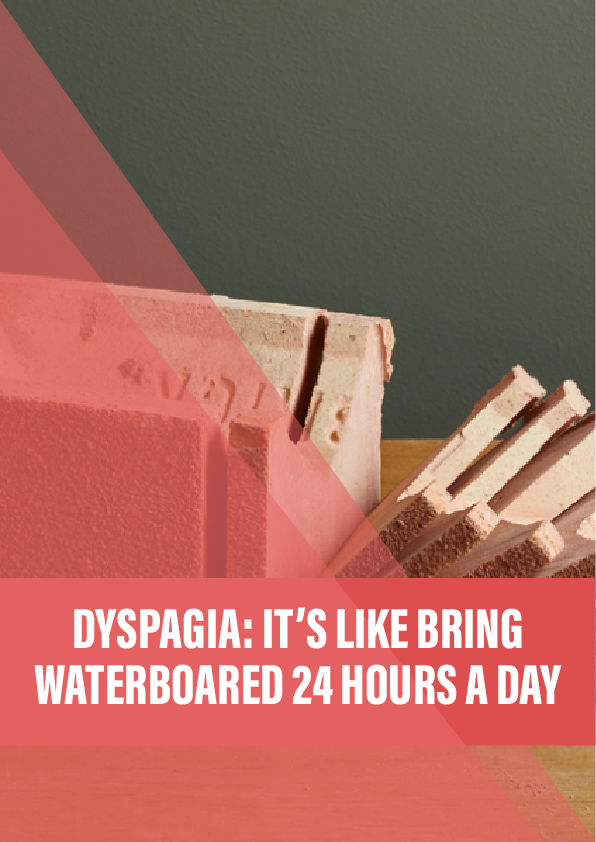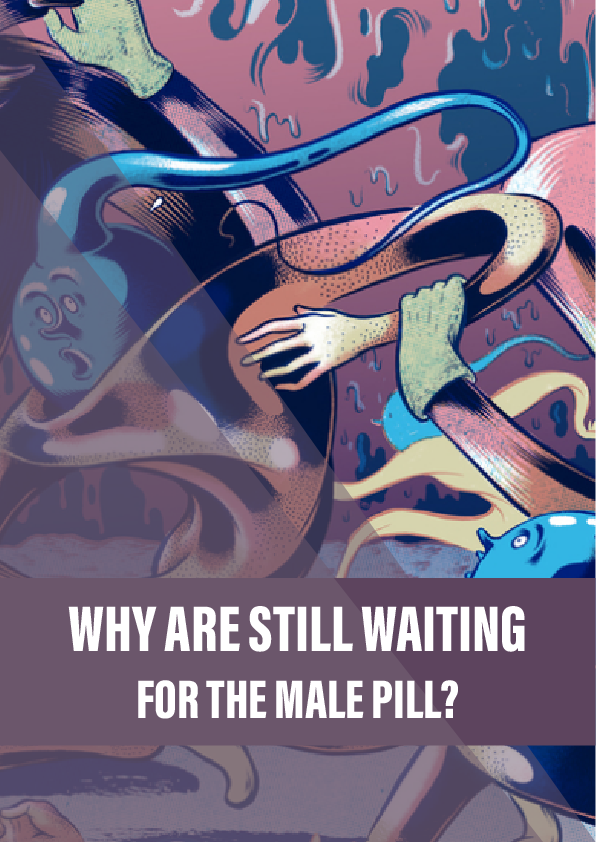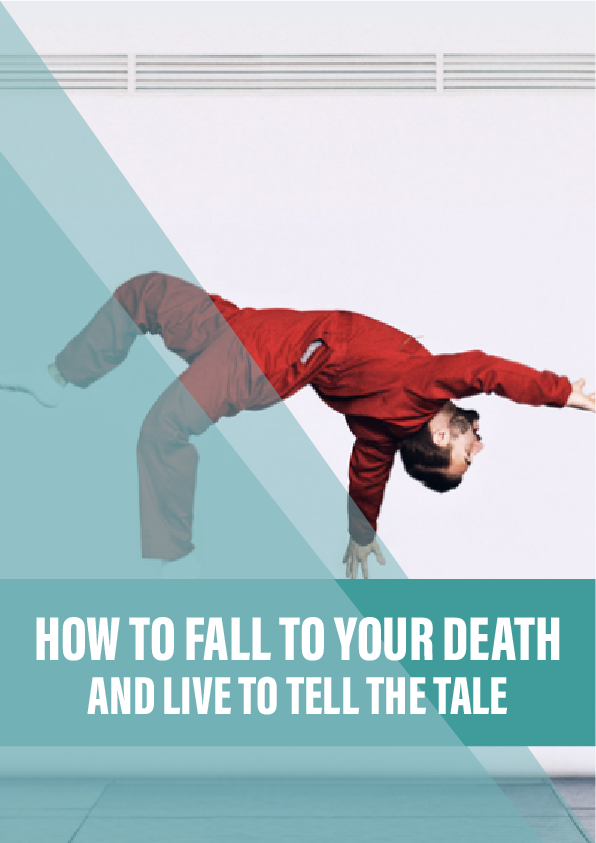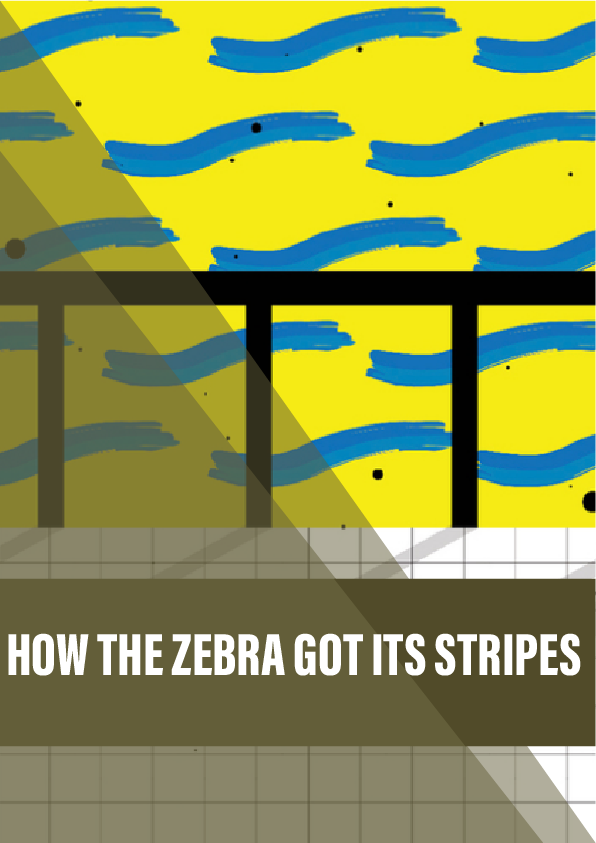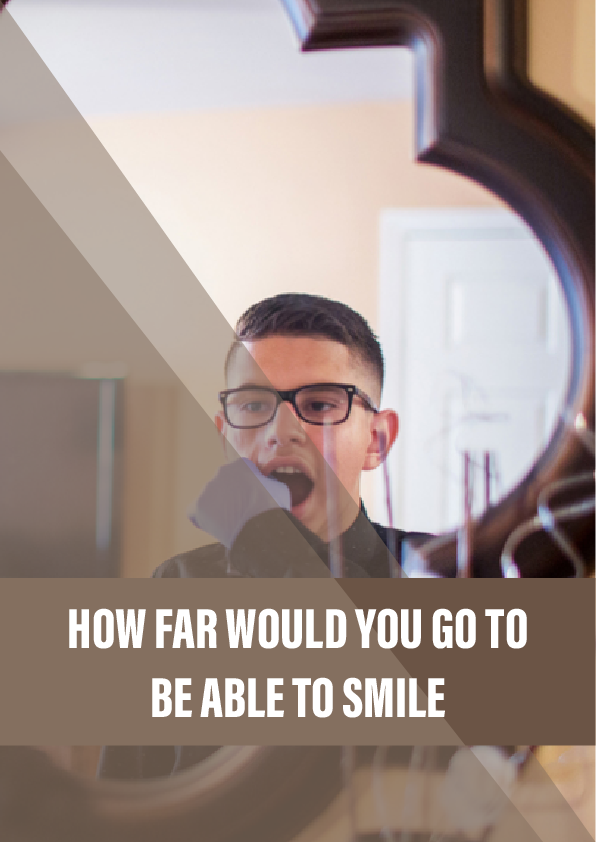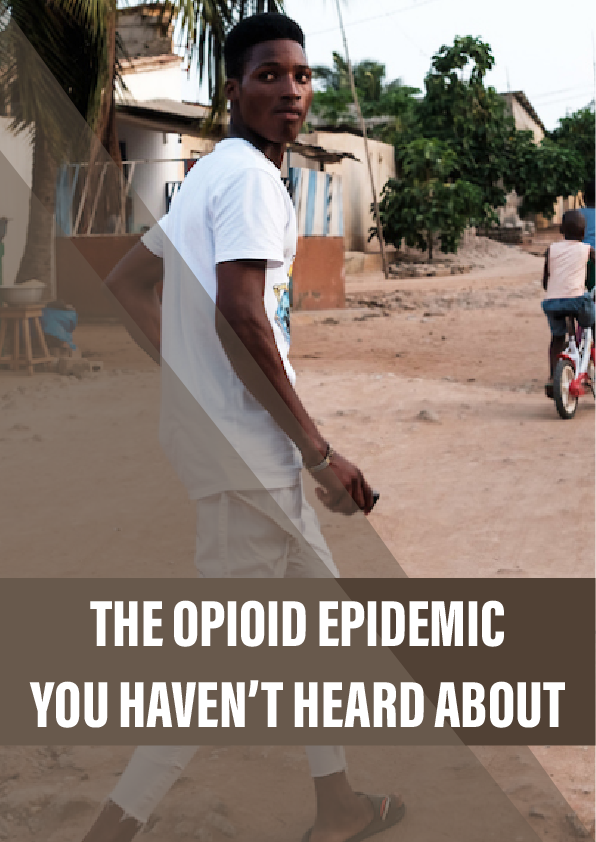Out of the blue, Vanessa Potter lost her sight. As she recovered, her senses mingled – hearing and touch changed the way she saw colours. Her quest to understand why introduced her to new tech that uses sound to help blind people see.
It took just 72 hours for me to lose my sight entirely, and for my hands and feet to feel like they were encased in ice. Just before my blindness hit, I had been laid up with an unknown virus that had left me suffering severe headaches and sweats. My body’s immune system had gone haywire, responding to the virus by attacking my own nerves, causing my loss of sight and mobility – you could say I had been struck down by biological friendly fire.
Going blind was devastating. I hadn’t just lost my primary sense – I had lost my livelihood too. As a television producer, my vision was my job, so I was desperate to see again. After a few weeks, I regained some movement and normal sensation in my legs and feet, but my vision was another matter entirely.
The morning my sight finally started to return, I opened my eyes to a strange, supernatural view. At first I could only make out subtle light shifts, everything was just a swirling grey fog with no perceptible shapes. I was momentarily elated that the world was no longer a suffocating black cloak wrapped around my head – but I realised quickly that I did not recognise anything around me. Over time, black lines started to appear, crudely constructing my visual landscape. These lines delineated windows and doorframes, but little else. Slowly the grey mist dissolved into a brown muddy haze that obscured anything more than a few feet away. Colour eluded me, and my family, padding softly around me at home, were hollow ghosts, skeletal figures with no solidity or humanness. Nothing looked like it should, and my children’s faces hovered agonisingly somewhere behind an opaque screen. I often had no idea where I was, and much of the time my heart was beating wildly in my chest. I wondered over and over if I would ever feel normal again.
Reference:
- Patient H69 by Vanessa Potter is published by Bloomsbury.
- Vanessa’s website, Patient H69.
- Jamie Ward’s TEDx talk gives a clear insight into the beautiful, if unusual world of synaesthesia.
- David Eagleman, an American neuroscientist, developed the Synesthesia Battery so members of the public who think they might have synaesthesia could test themselves. Try it for yourself.
